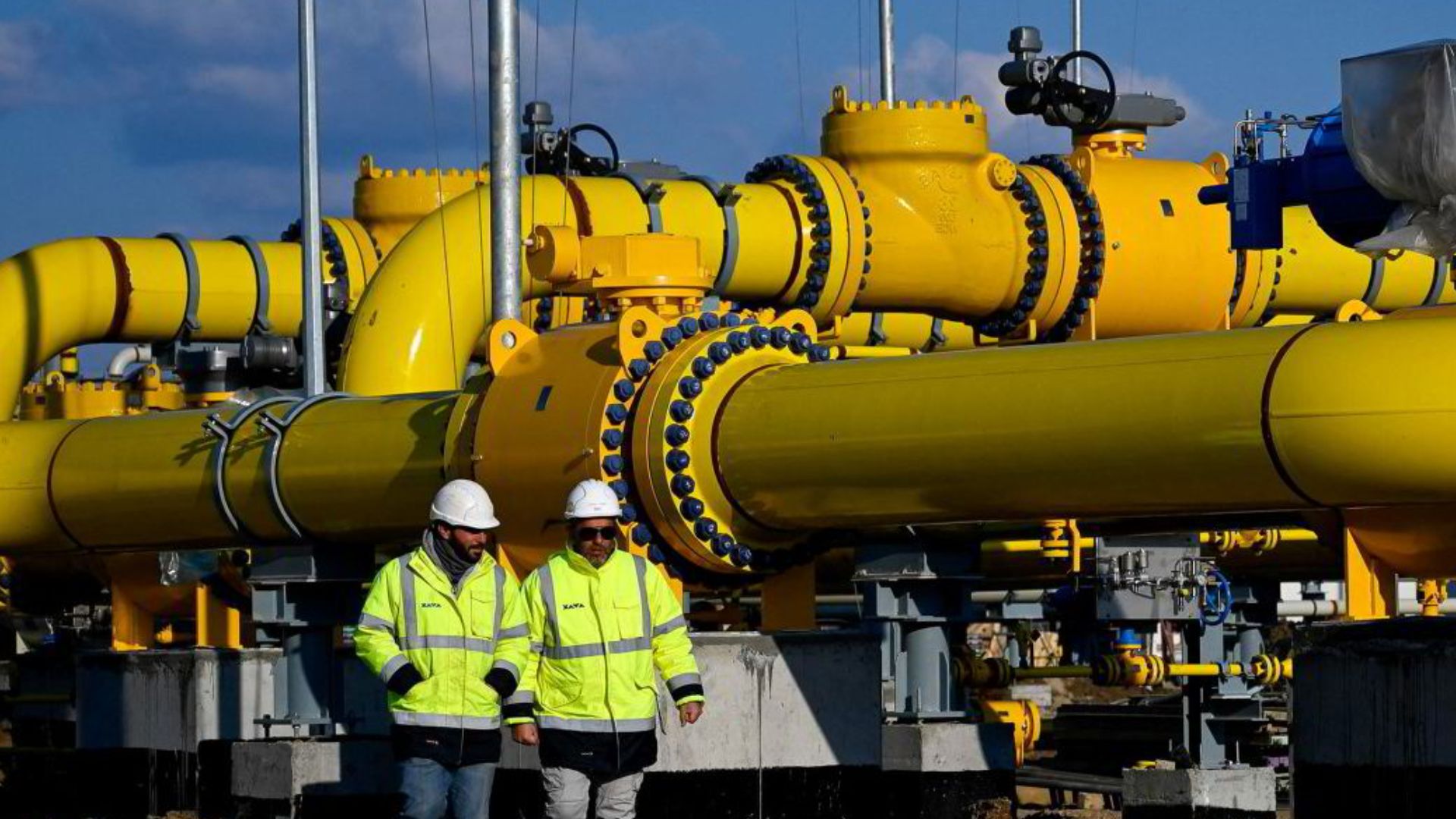Romania's Rich Oil and Gas Legacy: Navigating Challenges and Unleashing Potential
- Romania | 15 November 2019

In the annals of industrial history, Romania holds an esteemed position as the birthplace of the world’s first recorded oil production, a milestone etched in 1857 in the Romanian Principalities of Wallachia and Moldova. With an initial production of 275 tons, primarily sourced from regions like Dambovita, Prahova, Bacau, and Buzau, this marked the dawn of the global oil industry. Simultaneously, Romania witnessed the commissioning of the world’s first oil refinery in Ploiesti and became the first city to illuminate its streets with kerosene.
For the ensuing decades, leading up to 1900, Romania consistently ranked as the world’s fifth-largest oil producer, following only the United States, Russia, Mexico, and the Dutch Indies. This proud legacy continues to resonate within the modern oil and gas industry, as Catalin Nita, Executive Director of the Oil & Gas Employers’ Federation (FPPG), asserts, “In Romania specifically, energy is a proud industry, with a 160-year-old history and the first refinery in the world, an outsourcer of know-how, talent, and equipment. We should not let the world forget, and we should not ourselves forget.”
In the contemporary landscape, OMV Petrom takes the lead in domestic oil production, while the gas sector presents a diversified and competitive landscape. Romgaz and OMV Petrom dominate gas production, accounting for nearly 95% of the total output, with smaller independent producers contributing the remainder. Romania’s consistent gas demand, coupled with the natural decline in domestic production, necessitates an increase in gas imports. In 2017, the country relied entirely on gas imports from Russia, a fact highlighting the importance of resource management.
Adrian Volintiru, CEO of Romgaz, emphasizes the importance of mindful resource utilization, especially concerning Romania’s exceptionally high-quality methane gas (99% pure methane). As he notes, “Gas is a fossil fuel that will be exhausted over time, and in Romania, the quality of methane gas is among the highest in the world.” Thus, responsible extraction and utilization are paramount.
Romania’s annual consumption of approximately 10 million tonnes of crude oil finds processing in its four remaining refineries, three of which produce fuel, with a combined capacity of 12 million tonnes per year. These numbers represent a significant reduction from the 34 million tonnes capacity in 1989. Notably, the Romanian fuel market primarily caters to a domestic audience of around 9 million tonnes per year, exporting excess products, especially diesel and gasoline, to neighboring countries. The Romanian fuel retail sector comprises approximately 2,600 stations, with OMV Petrom claiming a 35% share, followed by MOL, Rompetrol, Gazprom, and Socar, while roughly 600 stations operate independently.
Untapped potential resides in Romania’s substantial gas reserves, both offshore and onshore. Offshore, estimates suggest over 100 billion cubic meters (bcm) of gas, while Romgaz’s discovery at Caragele field in 2017, estimated at 27 bcm, constitutes the largest onshore discovery in three decades. Moreover, geologists unanimously concur on the unexplored potential lying at greater depths than previously drilled.
Unlocking these resources necessitates substantial investments, a conducive regulatory environment, and a proactive approach. Enhanced recovery techniques and field redevelopment present opportunities amid mature and fragmented fields. Mazarine Energy exemplifies this approach, focusing on redeveloping concessions acquired from OMV Petrom and recording significant production increases. The success of such endeavors relies on a robust ecosystem of oil service companies that contribute to reducing production costs.
However, impediments exist within the industry. The National Agency for Mineral Resources (ANRM) must modernize its methods to enhance prospective investors’ access to preliminary knowledge and data. An outdated secrecy law limits access to geological data, and digital archives remain inaccessible. Additionally, the lack of digitization hampers data access online, a pervasive issue within the Romanian administration.
Challenges also arise from unclear or inadequate legislation concerning land access for geological exploration, where operators face difficulties exercising their legal rights. Exploration companies often engage in lengthy negotiations with individual landowners, translating into time-consuming and resource-intensive endeavors.
Addressing these challenges and capitalizing on opportunities is crucial for Romania’s energy future. After a decade-long hiatus, the 11th Licensing Round opened up 28 new perimeters for exploration and production in Romania, including 22 onshore and 6 offshore. The industry welcomes this development, but emphasizes the need for further reforms, including enhanced data access, the declassification of information, and the strengthening of ANRM to ensure the licensing round’s success.
As Saniya Melnicenco, President of ROPEPCA, aptly states, “We know that the National Agency for Mineral Resources has been working on a new licensing package, which will open up 28 perimeters. The 11th licensing round was just announced this summer. Now there is a great window of opportunity for Romania to benefit from new investments that should not be missed. That’s why issues like data access and declassification, as well as the consolidation of the National Agency for Mineral Resources, should be addressed to make the next licensing round successful.” Romania’s rich energy heritage paves the way for a promising future, but the path forward requires strategic vision and effective governance.








